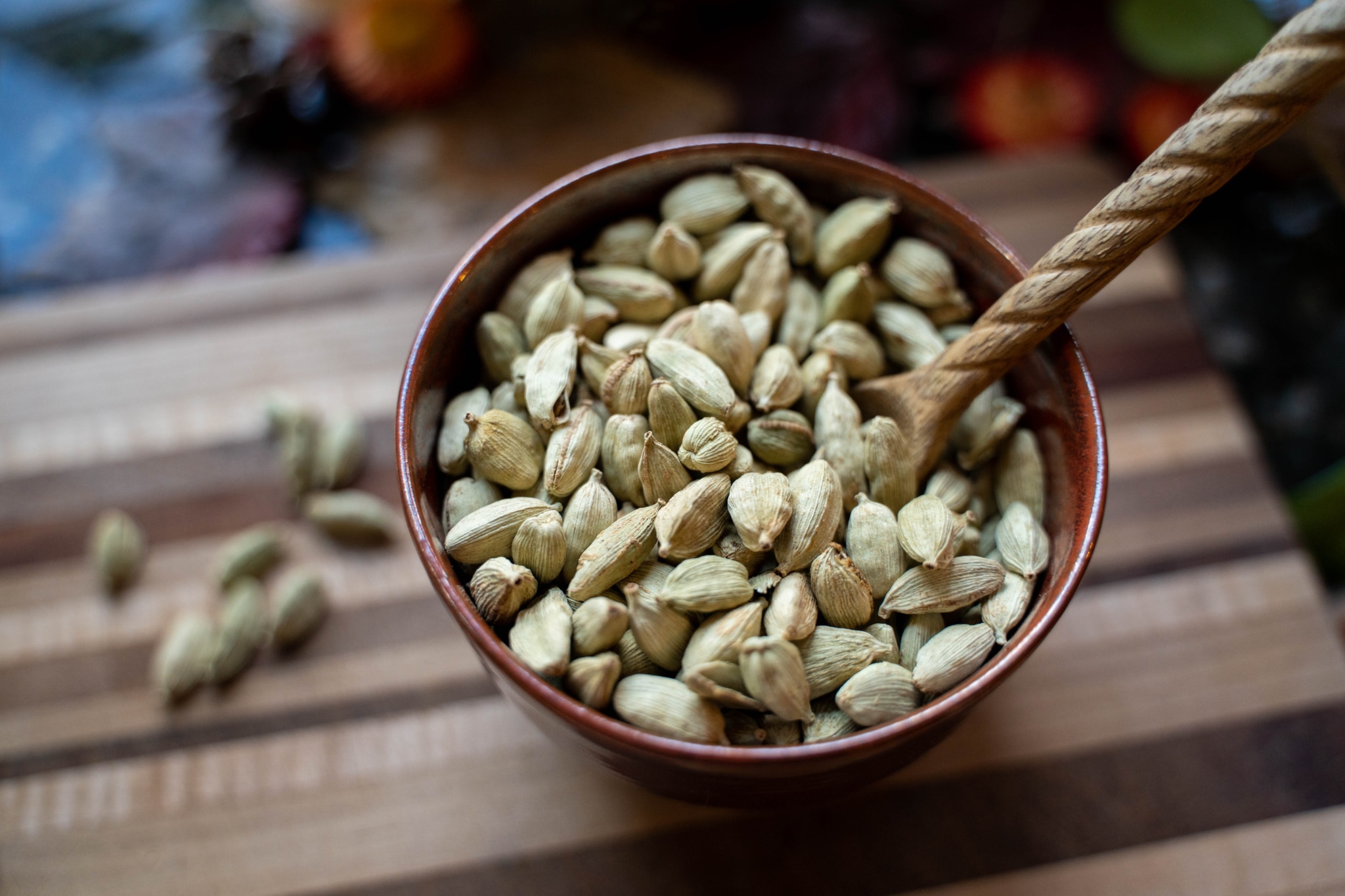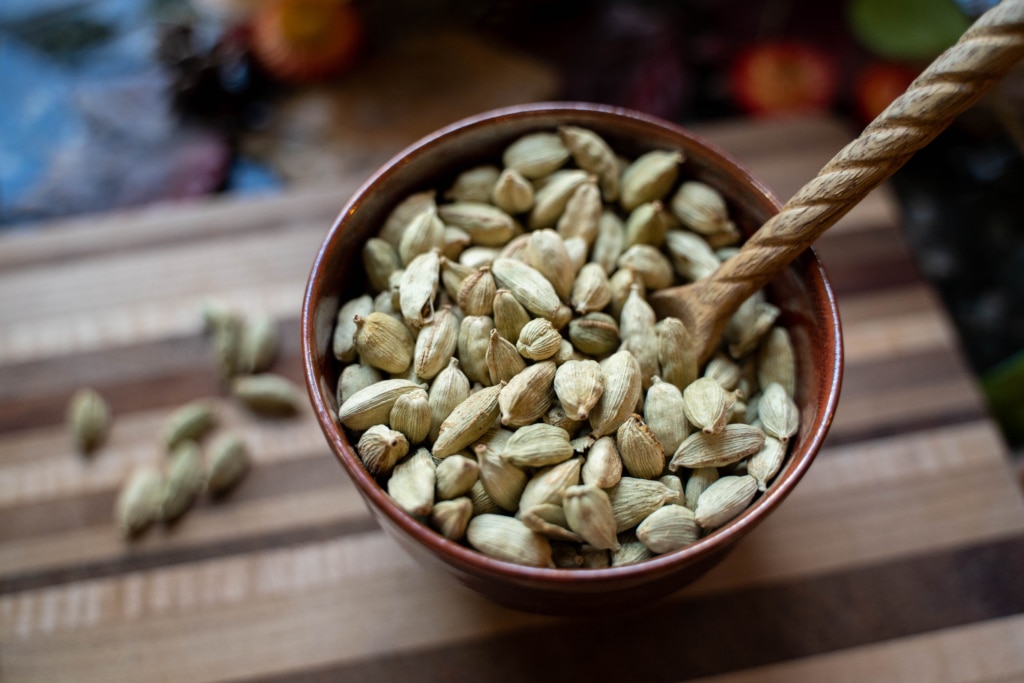
Imagine a single seed pod, no larger than your fingertip, holding within it the power to kindle digestive fire, clear stagnant breath from congested lungs, and lift the fog of mental exhaustion, all while wrapping you in an aroma so intoxicating, so warmly complex, that ancient cultures believed it was a gift from the goddess of abundance herself. This is Cardamom, the “Queen of Spices,” a botanical treasure that doesn't just flavor your chai or perfume your kitchen, but opens doorways within the body, mind, and soul.
For over 3,000 years, herbalists, aromatherapists, and spice traders have revered this emerald-green pod. The ancient Egyptians wove it into sacred incense. Ayurvedic physicians prescribed it to awaken prana, the vital life force. Arabian coffee ceremonies wouldn't be complete without its presence. And today, as one of the world's 3 most precious spices, Cardamom continues to captivate anyone who encounters its sweet-spicy warmth.
This article explores the many dimensions of Cardamom pods, from its aromatic effects on mood and mental clarity to its well-documented benefits for digestion and respiratory health. You’ll learn how Cardamom benefits our physical, emotional, and spiritual health, and the many ways you can use it. Whether you're new to working with this plant or looking to deepen your relationship with it, there's likely more here than you'd expect from something you might already have sitting in your spice cabinet.

Cardamom: What is it?
Cardamom, the sweet and spicy pods we know and love, comes from the seeds of Elettaria cardamomum, a tropical, perennial plant native to the lush forests of southern India. A member of the Ginger family (Zingiberaceae), Cardamom shares kinship with Ginger, Turmeric, and Galangal.
This reed-like plant can grow up to 10 feet tall, sprouting from thick, aromatic rhizomes hidden beneath the soil. From there, smooth green leaves and delicate flowering shoots emerge, each adorned with small yellow blossoms tipped in violet. Every flower contains both male and female reproductive organs, though it still depends on bees and other pollinators for fertilization.
Once pollinated, the flower matures into a pale-green, 3-sided capsule: the precious Cardamom pod. It can take as long as 3-5 years for these plants to reach maturity and bear pods filled with tiny, black, aromatic seeds suspended in a sticky resin. These are the prized seeds that give Cardamom its unmistakable warmth and depth of flavor.
Harvesting Cardamom is an art in itself. Timing is everything: the pods must be picked when fully developed yet still green, when their essential oils are most concentrated. After harvesting, Cardamom pods are carefully dried, either in the sun or through special equipment, to preserve their exquisite fragrance. From there, they’re processed into the familiar seeds used in culinary, therapeutic, and aromatic applications around the world.
Cardamom doesn't come easy: the pods must be hand-harvested at precisely the right moment, the plants need very specific conditions to thrive, and climate change is making reliable cultivation increasingly difficult. Add rising global demand to the equation, and you have a spice that commands a serious price – today, it ranks as the third most expensive spice, surpassed only by Saffron and Vanilla.
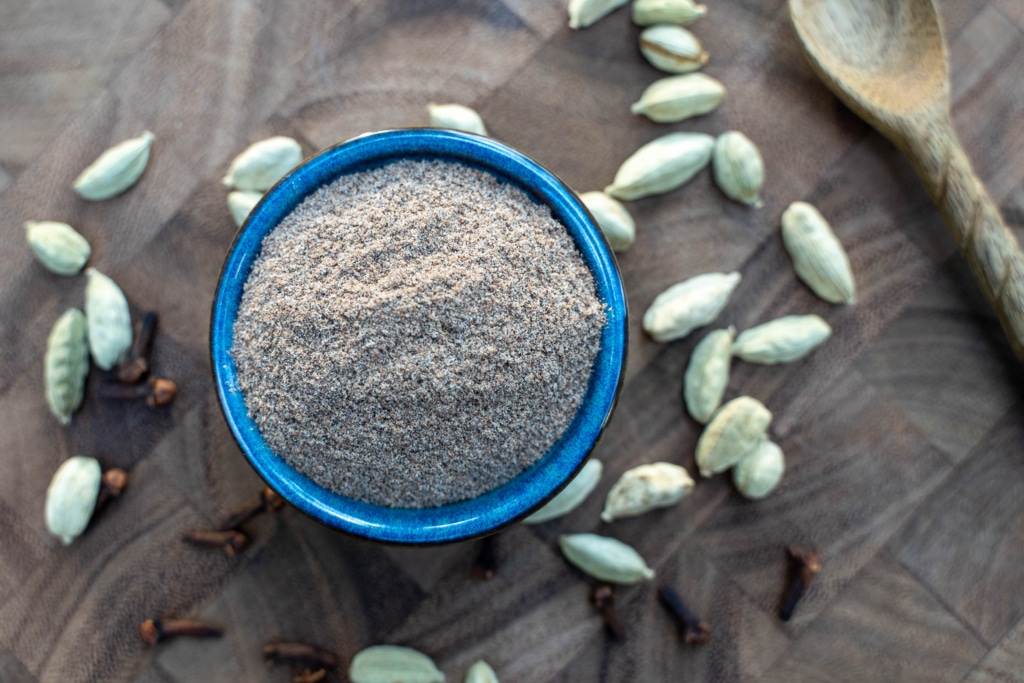
Cardamom History & Folklore
Most Indian Cardamom grows in the Western Ghats mountains, sometimes called the Benevolent Mountains or the Cardamom Hill Reserve. This UNESCO World Heritage Site is known for its remarkable biodiversity and ecological significance. According to Hindu tradition, the goddess Lakshmi gave Cardamom to these mountains as a blessing of fertility and abundance. Lakshmi, the deity of wealth and prosperity, is typically shown seated on a Lotus flower, a symbol of spiritual transcendence. She represents peace, goodness, and the understanding that true wealth is spiritual rather than material.
Cardamom earned its title "Queen of Spices" through centuries of use across cultures. It was a prized import from India throughout antiquity and the Middle Ages. The ancient Egyptians worked it into natural perfumes, anointing oils, cosmetics, and ceremonial incense. Greeks and Romans used it in cooking, as a digestive remedy, and as a bright top note in their fragrances.
The medicinal use of Cardamom goes back at least 3,000 years, documented in ancient Vedic texts. Both Ayurveda and Traditional Chinese Medicine have long relied on Cardamom pods for respiratory support, digestive health, and mental clarity. Ayurvedic practitioners value Cardamom for its ability to open and ease the flow of prana (life force) through the body, settling an agitated or clouded mind. In Chinese medicine, it's used to move stagnant Qi, restoring smooth energy flow.
Cardamom still holds a central place in Indian and Middle Eastern cooking. It's essential to masala chai and appears in Saudi Arabian Cardamom coffee (qahwa bil hal). Traditionally, Cardamom is said to act as an "antidote to caffeine," helping to counter some of coffee and tea's harsher effects. Give it a try! Add a touch of Cardamom to coffee the next time you make it, and see if it helps with the jitters.
Cardamom Benefits for Health
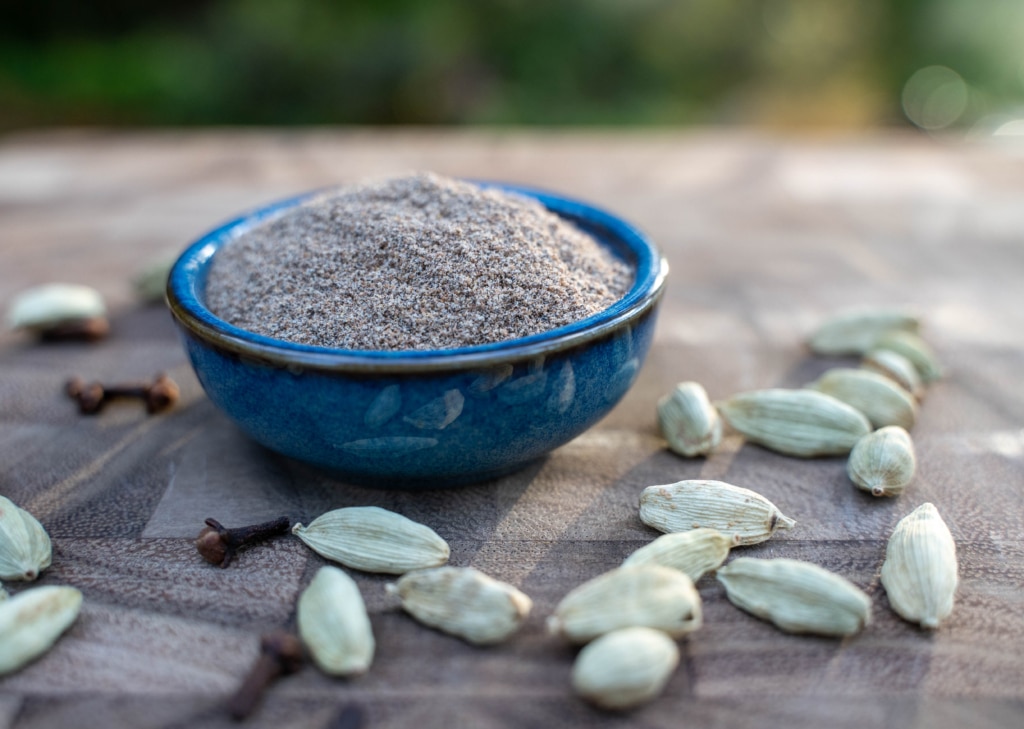
Cardamom Aromatherapy Benefits: Clarity, Warmth, and Abundance
Cardamom has been used for centuries to support mental and emotional balance. Herbalists have long turned to it for its ability to wake up the mind while settling the nervous system, bringing clarity without overstimulation. The scent seems to open the chest and clear the head, restoring the kind of vitality that comes from simply breathing deeply again.
In Ayurveda and aromatic medicine, Cardamom is said to move prana, the life force that flows through the body and mind. It helps clear mental fog and stagnation, particularly the kind that comes from overthinking or prolonged stress. Where there's fatigue, it brings gentle energy. Where there's tension, it offers ease.
Energetically, Cardamom is associated with Lakshmi, the goddess of abundance and beauty. The connection makes sense: just as Lakshmi represents true prosperity – the kind that comes from recognizing what you already have – Cardamom's aroma seems to shift perspective. Mental clutter gives way to clarity. The sense of "not enough" softens into sufficiency.
Working with Cardamom aromatically can help restore both focus and a sense of contentment. It rekindles our appetite for life in the broadest sense, helping us show up to the world with more steadiness and openness, while generating a subtle inner warmth that supports creativity, gratitude, and renewal.
Unlock Your Free Issue Of...
🌿 The Aromatic Medicine Garden Membership 🌿
Are you ready for a deeper, holistic dive into the world of aromatic plants? See what our membership is all about with your free sneak peek issue, including an hour-long plant talk and a 21-page plant monograph pdf.

Cardamom Benefits for Digestion
Cardamom is a common culinary spice, and for good reason. Beyond its exquisite flavor and aroma, it is deeply valued for its digestive and carminative powers. In Ayurveda, Cardamom is said to kindle “agni,” the digestive fire, helping the body transform food into nourishment with greater ease. Its warming and gently stimulating nature can support the breakdown of fats and starches, improve absorption, and bring balance to heavier foods. Traditionally, a few crushed pods added to milk or sweet dishes are said to lighten their post-digestive effects, while Cardamom in coffee can soften caffeine’s overstimulating edge and aid detoxification.
This aromatic seed shows a remarkable affinity for the entire digestive tract, easing everything from bloating, cramping, and gas to nausea, sluggish digestion, acid reflux, irritable bowel syndrome (IBS), and nervous stomach. Whether sipped in tea, chewed after meals (an Indian tradition), or inhaled in aromatherapy, Cardamom gently restores balance to the body’s inner rhythms.
Cardamom Benefits for the Lungs
The warm, spicy-sweet aroma of Cardamom has long been used to support the respiratory system. Its essential oil is rich in 1,8-Cineole, a compound well known for its mucolytic and expectorant properties, helping to loosen and clear phlegm, congestion, and excess mucus from the lungs and airways. Energetically, Cardamom is both warming and drying, making it particularly beneficial for cold, damp respiratory conditions that weigh down the breath. In traditional medicine and aromatherapy, it is commonly used to ease coughs, colds, bronchitis, asthma, hoarseness, and even loss of taste.
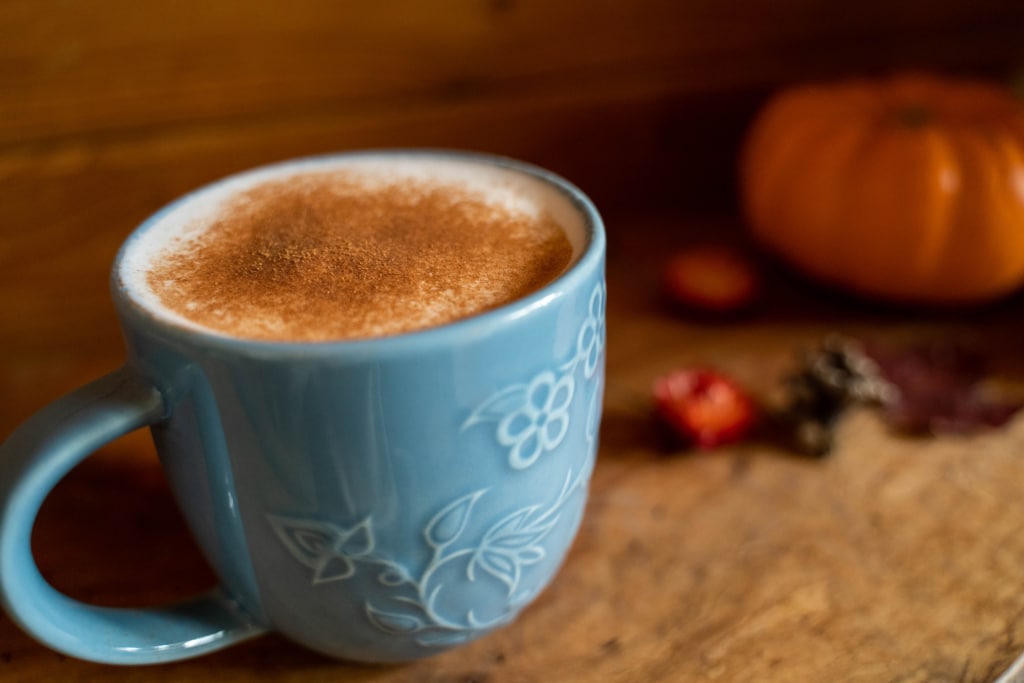
How to Use Cardamom
One of the most beautiful things about Cardamom is its versatility. From the kitchen and herbal remedies to aromatherapy and perfumery, this aromatic gem brings warmth, clarity, and delight wherever it’s used.
- Culinary Uses: Cardamom’s sweet-spicy complexity enhances both sweet and savory dishes. It pairs beautifully with Cinnamon, Ginger, and nuts in cakes, cookies, baklava, and bread. A pinch can elevate desserts, syrups, and sauces with its distinctive fragrance. (My favorite way to enjoy it is mixing Cardamom powder into raw honey to create a delicious electuary – a spoonful makes a tasty heartwarming tonic or a soothing “instant tea” when stirred into hot water!) Ground Cardamom is also a staple in spice blends like garam masala, ras el hanout, and baharat, used to flavor curries, tagines, roasted vegetables, rice, and more.
- Cardamom Essential Oil: Diffuse 2–3 drops of Cardamom essential oil to fill your space with its cozy, uplifting aroma, or dilute it into a carrier oil for a warming massage blend. Its antispasmodic properties make it wonderful for easing tension, sore muscles, or bloating after meals. Cardamom blends harmoniously with Frankincense, Cinnamon, Clove, Ginger, Citrus, Rose, Jasmine, Lavender, Neroli, and Ylang Ylang. (Note: We do not recommend consuming essential oils for safety reasons.)
- Cardamom Incense: Used since ancient times in incense formulations, Cardamom lends an uplifting, clarifying energy to blends that promote focus, calm, and spiritual balance. To make your own, grind Cardamom pods into a fine powder using a mortar and pestle (or a dedicated coffee grinder), then sprinkle over natural incense charcoal or blend with other aromatics. Want to go deeper? Learn how to craft natural incense in our Traditional Incense Crafting Course.
- Cardamom in Natural Perfume: Cardamom’s aroma is bright, spicy, and gently sweet, with balsamic and woody undertones. Its rare balance of warmth and freshness makes it a prized note in natural perfumery, versatile enough for both top and heart notes. It uplifts heavy bases like woods and resins while adding sophistication to florals and citrus accords.
- Cardamom Tea: Spicy-sweet and soothing, Cardamom tea can be enjoyed on its own or blended with warming digestive herbs such as Ginger, Cinnamon, and Fennel. When crafting tea blends, Cardamom works well as a supporting herb at a 10% ratio. Add 2-3 crushed Cardamom pods to 1 cup of hot water, cover, and steep for 15 minutes. Strain, sip, and enjoy! My favorite way to drink Cardamom tea is in our Homemade Herbal Chai Tea – yum! Click here for the free recipe.
- Cardamom Tincture: You could also craft a Cardamom tincture to add into a bitters blend for warming, digestive support. To learn how to make your own tinctures, check out our Art of Aromatic Preparations Mini-Course here.
Cardamom Safety Notes
- Always dilute Cardamom essential oil before applying topically.
- Do not take essential oils internally, as they’re highly concentrated and may cause irritation.
- Avoid using Cardamom essential oil with children under 12 due to its high 1,8-Cineole content.

Cardamom Plant Profile
Latin Name: Elettaria cardamomum
Other Common Names: Green Cardamom, Small Cardamom, Cardomon, Cardamomi, Cardomum, Mysore Cardomom, “Grains of Paradise,” “Queen of the Spices”
Genus: Elettaria
Plant Family: Zingiberaceae (Ginger)
Parts Used: seed pods
Herbal Energetics and Actions: analgesic, antibacterial, anticatarrhal, anti-inflammatory, antiparasitic, antiseptic, antispasmodic, aperitif, aphrodisiac, calmative, carminative, cephalic, diaphoretic, digestive, diuretic, expectorant, nerve tonic, stimulant (circulation, digestion), stomachic, tonic, uplifting
Body Systems Affiliation: digestive system, respiratory system, circulatory system, and nervous system
Aroma: warm, sweet, spicy, balsamic, floral undertone, slightly camphoraceous
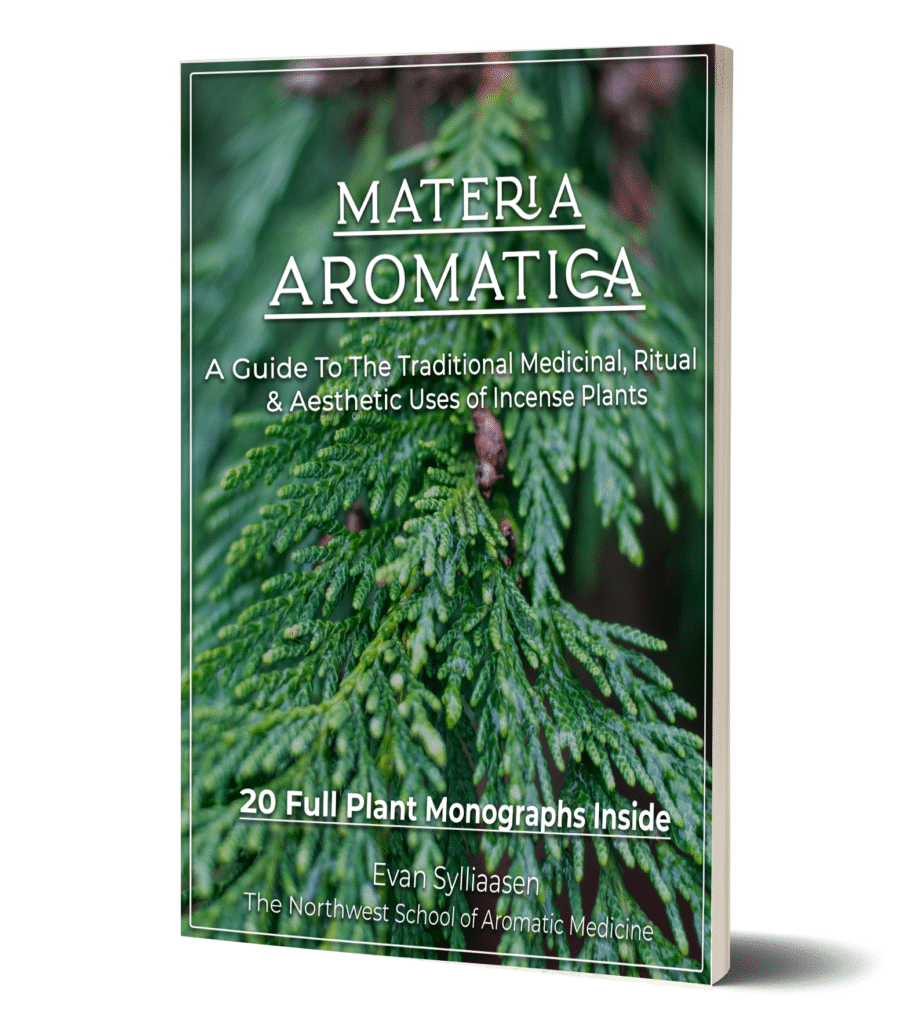
Dive into the ancient world of aromatic plants with the Materia Aromatica ebook, an in-depth guide to the therapeutic, spiritual, and aesthetic uses of the world's favorite incense plants. This rare resource offers detailed plant monographs and explores how incense has been used across cultures for healing, ritual, and pleasure for ages.
Article by Melissa Szaro

© 2025 The Northwest School of Aromatic Medicine. All rights reserved.
*The statements above have not been evaluated by the FDA, and are for educational purposes only. This article is not intended to diagnose, treat, cure, or prevent any disease. This article should not be taken as medical advice. Please consult your physician before you use this information for health purposes.
